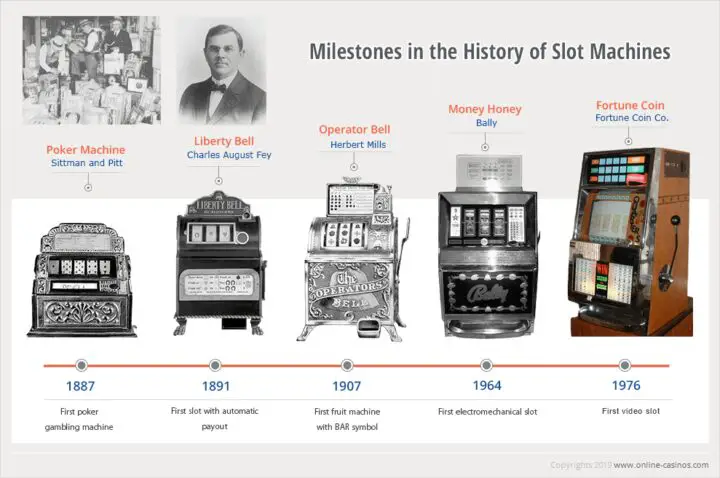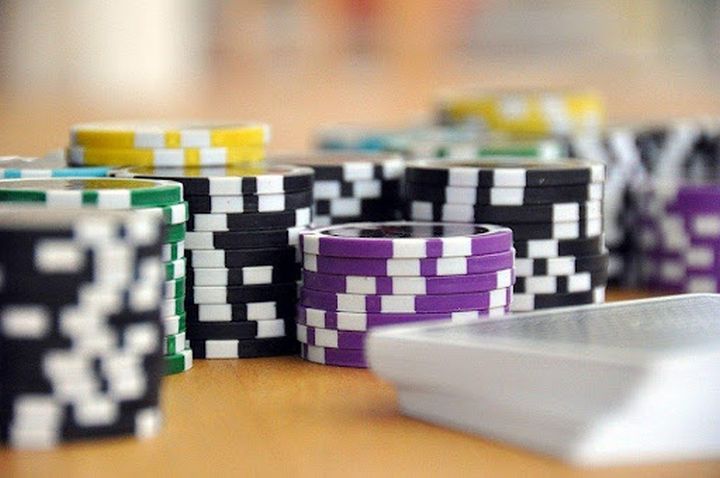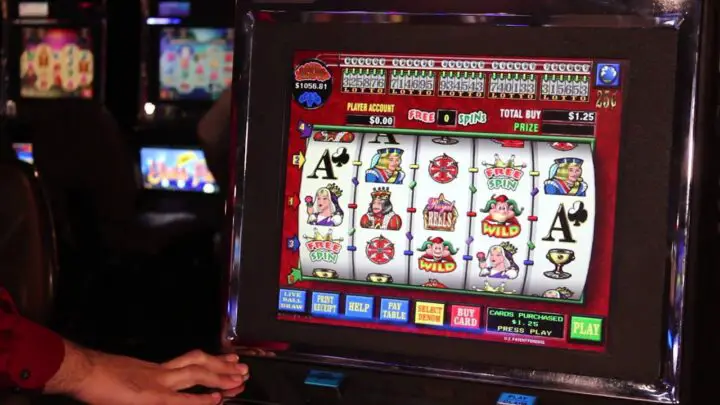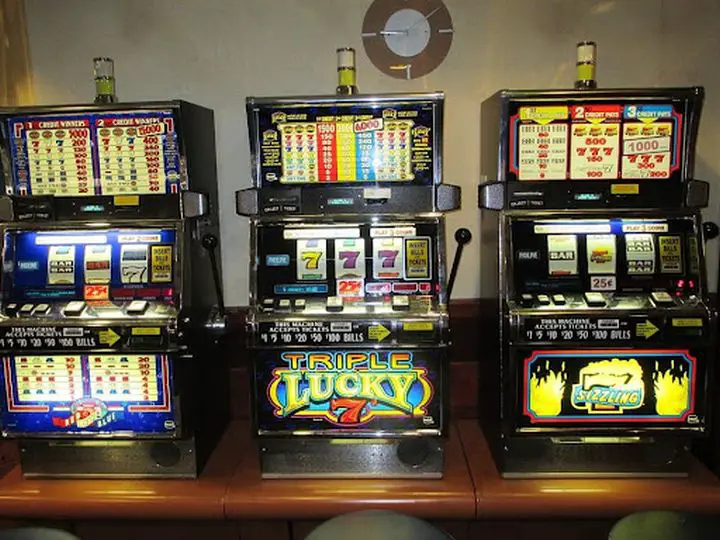How have slot games evolved over the years?

The popularity of slot machines
Slot machines are one of the most popular forms of gambling, both online and off-line. There are around 1.14 million slot machines worldwide, and online slots account for over 50% of an operator’s revenue: in the UK, from April 2019 – March 2024, online gambling generated £5.7 billion in revenue, of which £3.2 billion was down to slots.
Slot machines have seen great success online and there are many reasons for their popularity. One of the main reasons is that there are a wide range of games on offer; there are classic games with traditional iconography, themed slots based on popular culture including films, music, and famous people, and more complex games with additional pay-lines and mini-games that add a new dimension to the game. Online slot providers like winkslots.com offer a wide range of different themed slot games all with different pay-lines.
Online slots are great for beginners, slots are easy to play and do not rely on luck, so beginners to the online gambling world can play them knowing that they are not at any disadvantage. The games are also entertaining, fun and exciting. The music, the lights, the graphics all combine to provide an engaging experience, but one which is just the right balance between passive and active enjoyment, ideal to relax and unwind to.
The increased popularity of slots has led to increased investment in the technology and the games, making them high quality. This has resulted in increased demand, increasing investment, and so on, leading to high quality games with many options for players.
The beginnings of the slot machine

Looking at the current state of the slot machine, it would be easy to assume the slot machines are a modern invention, reliant on the internet and computers, but this is not the case. Back in 1891, Sittman and Pitt created a machine that was to be the precursor of the slot machine: it was a gambling machine that contained five drums and a total of 50 cards. Punters would insert a nickel (hence the name, nickel-in-the-slot), pull a lever, and wins were based on poker hands. They were so popular in the New York area that many bars had at least one, if not more. Prizes were dependent on what the bar could offer, ranging from a free beer, cigars, or other drinks.
Automatic pay-outs

Later in the decade, Charles Fey, in California, developed a simpler automatic mechanism with three drums and five different symbols, including the liberty bell, giving the machine its name. The increased simplicity of the design allowed for an automatic pay-out mechanism to be built-in, and thus winners were rewarded with a monetary reward. These machines were very popular, popping up in cigar shops, saloons, bowling alleys, barber shops and even brothers across the state. By 1910, there were over 3000 of these machines in use.
The popularity of these machines went national, with many manufacturers copying the original design, and others changing the symbols to suit their needs, and some popped up with patriotic symbols, such as wreaths and flags, and another, which had a gum-vending attachment, had symbols of fruits, including lemons, cherries, oranges, and plums, coining the term fruit machine still used today. To bypass some of the stricter gambling laws, some of these machines were set up to pay-out food prizes, such as candy, instead of money.
Electronic Gaming

By the 1960s, the first fully electronic slot machine was created by Bally Technologies, meaning that automatic pay-outs could happen more easily, and players could win up to 500 coins without needing the help of an attendant. The popularity of this machine pushed forward investment in and the development of electronic games, leading to the side lever, a necessity in the analogue machines, being replaced by a button, or sometimes kept as a designer’s choice.
By the 1970s, technology was advancing at an alarming pace, and slot machine developers were using these developments to continually improve their slot machines. In 1976 the first video slot machine was created, using a modified 19-inch Sony colour receiver as the display, and a collection of logic boards for the slot machine functionality. This prototype was mounted in a cabinet and the first units were trialled at the Hilton Hotel in Las Vegas. Once approved for use by the Nevada State Gaming Commission, slots became a staple in Las Vegas gambling, accounting for 70% of total revenue.
The move online

As technology developed in the late 1990s and early 2000s, and with the invention of the internet, the move online was a logical one for slot machines. Operators and developers have worked hand in hand to create immersive experiences for players. There are 3D slots, multiple bonus features, and progressive jackpots that provide the player with an experience unlike any other.
The advent of the Random Number Generator has also been a game changer not just for slots but for all online gambling. Whilst true randomness is nigh on impossible, the RNG, which is strictly regulated and independently audited on a regular basis, means that players know that the games they are playing are fair, and not rigged against them.
What does the future hold?
Advancements in slot technology show no signs of slowing down, and it is not unlikely that operators will start to use Virtual and Augmented reality to create a truly immersive and unique experience for players. After all, what could be better than popping on a headset to find yourself in a casino, moving around, playing slots, without needing to leave the house?
